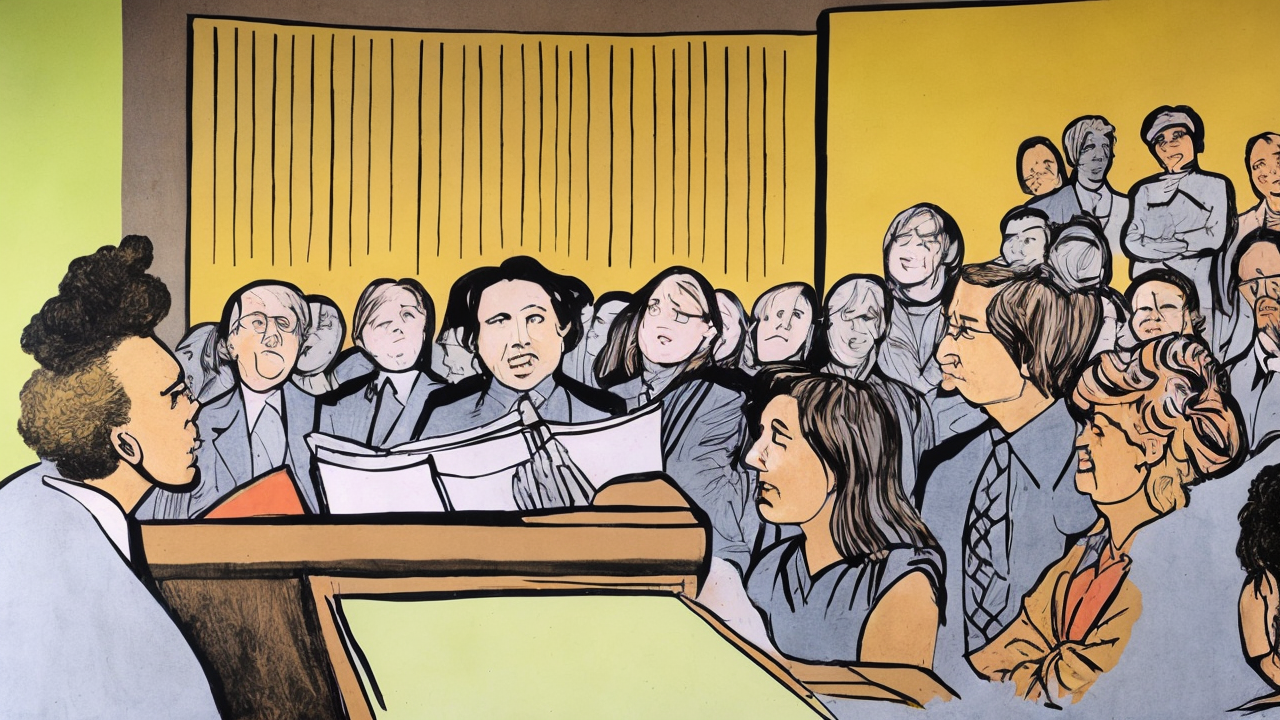TikTok’s Algorithm Promotes Pornography to Minors While Silencing Christian Content

TikTok has become a digital landscape where children are exposed to content far beyond their years, often within seconds of opening the app. Despite claims of safety features like “restricted mode,” investigations have shown that the algorithm continues to push sexually explicit material to underage users. This is not a glitch—it is a systemic failure. The platform’s design prioritizes engagement over protection, feeding addictive content that undermines the values families strive to teach.
At the same time, platforms that promote wholesome, faith-based content face growing obstacles. A company like TruPlay, which creates Bible-themed games for children, has been repeatedly blocked from advertising on TikTok. The company was told its content violated the platform’s advertising policies on “sensitive religious material.” Yet, TikTok allows ads for games centered on violence, occult themes, and demonic imagery—content that contradicts the very values many parents want their children to embrace. This inconsistency is not accidental. It reflects a broader pattern in how the platform curates content, favoring narratives that challenge traditional morality while diminishing those rooted in faith.
The issue goes beyond content moderation. TikTok is owned by ByteDance, a company headquartered in Beijing. The Chinese government has a well-documented history of suppressing religious expression and promoting state ideology. While the platform claims to be neutral, its algorithm’s behavior suggests otherwise. When a company based in a nation that persecutes Christians and other faiths controls the digital gateways used by millions of American youth, it raises serious questions about influence, loyalty, and long-term cultural impact.
The U.S. government’s recent agreement with ByteDance offers little real accountability. Under the deal, American users remain under the algorithmic control of a foreign entity, one that operates under different legal and ethical standards. This arrangement does not protect children—it enables risk. It places the trust of American families in hands that may not share their values.
Parents and communities must respond with both vigilance and action. Simply relying on platform promises is no longer enough. Families should consider limiting or eliminating TikTok use for younger members. Encouraging children to read books, play outside, and engage in face-to-face relationships builds resilience against the isolation and distorted values often found in algorithm-driven social media.
Supporting companies that align with traditional family and faith-based principles is also a meaningful step. TruPlay and similar organizations provide safe, enriching alternatives. When parents choose to invest in these tools, they help create a digital ecosystem that reflects the values they want to pass on.
This is not about banning technology. It is about stewardship. Every tool has a purpose, and every platform shapes culture. We must ask not just what a platform can do, but what it is doing to our children, our families, and our shared moral life.
The digital world is not value-neutral. It reflects the priorities of those who build and control it. As a society, we must insist on transparency, integrity, and accountability—especially when children are involved. Protecting our youth and preserving the faith traditions that have shaped our nation requires more than awareness. It requires action, wisdom, and a commitment to what truly matters.
Published: 10/14/2025








